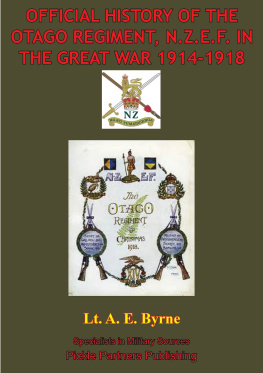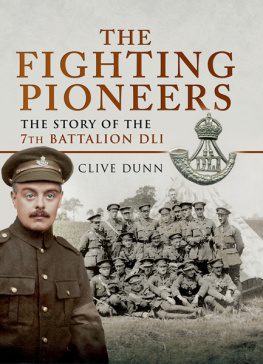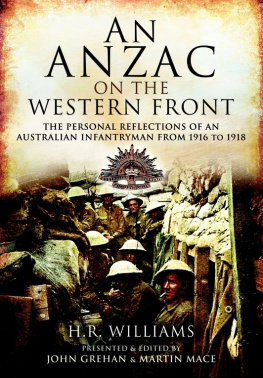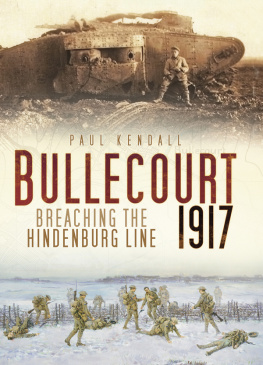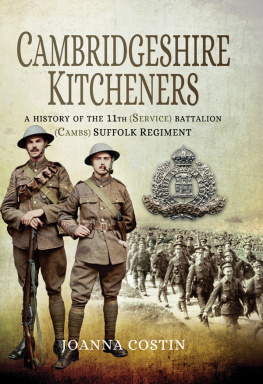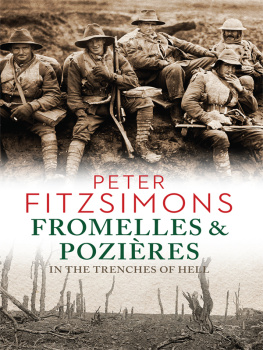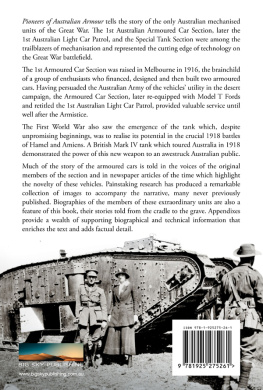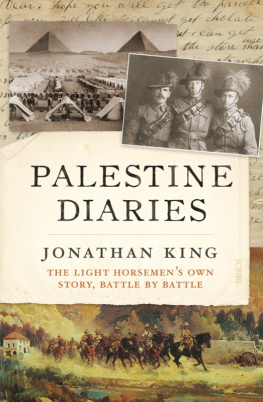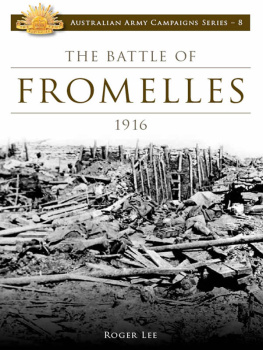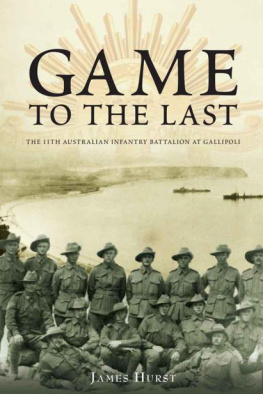

The 47th Battalion in the First World War

The 47th Battalion in the First World War
CRAIG DEAYTON

www.bigskypublishing.com.au
Copyright Craig Deayton 2011
First published 2011
Copyright remains the property of the author and apart from any fair dealing for the purposes of private study, research, criticism or review, as permitted under the Copyright Act, no part may be reproduced by any process without written permission.
All inquiries should be made to the publishers..
Big Sky Publishing Pty Ltd
PO Box 303, Newport, NSW 2106, Australia
Phone: | (61 2) 9918 2168 |
Fax: | (61 2) 9918 2396 |
Email: | info@bigskypublishing.com.au |
Web: | www.bigskypublishing.com.au |
Cover design and typesetting: Think Productions
National Library of Australia Cataloguing-in-Publication entry
Author: Deayton, Craig.
Title: Battle scarred : the 47th Battalion in the first World War / Craig Deayton.
ISBN: 9780987057402 (hbk.)
Notes: Includes bibliographical references and index.
Subjects: Australia. Army. Battalion, 47th--History.
World War, 1914-1918--Regimental histories--Australia--Army,
Australian Imperial Force 1914-1921--Battalion, 47th.
World War, 1914-1918--Campaigns--France.
World War, 1914-1918--Campaigns--Belgium.
Dewey Number: 940.41294
CONTENTS
Note On Measurements
British and other Commonwealth units will be described as such, German units will be given in Italics, but Australian units will not be given any national designator. Measurements quoted in this book will generally be those used at the time (Imperial measurements for British, Empire and Commonwealth forces until metrication in the late twentieth century, and metric measurements for continental and Asian forces). Where an estimate of a measurement is mentioned in the text, rather than as a quote, it will be converted to the rounded metric equivalent.
Times will be given in the 12 hour clock.
LIST OF MAPS
FOREWORD
I opened the manuscript of Battle Scarred with blue pen poised. Its a sad reflection upon me that I rarely read a manuscript purely for pleasure these days, but always either to take notes or to make annotations commenting on a draft. I made a few comments suggesting that the unduly respectful ANZAC Cove was just wrong, and should actually be Anzac Cove and then I stopped annotating and read with mounting enjoyment and satisfaction.
Battle Scarred is surely the finest battalion history I have ever read. Working as a part-time author, ninety-odd years after the Great War, having met no living member, and based impracticably in Tasmania as far as possible from the Queensland homes of most members of the battalion and still have an Australian postcode Craig Deayton has written a superb evocation and analysis of the life of one of the less celebrated of the AIFs infantry battalions. He traces its formation, its uneven commanders, its patchy performance at Pozires, its ordeal at Messines and Ypres, and its final triumph at Dernancourt before its disbandment in the autumn of 1918. This is no flattering hagiography full of derring-do, but an honest, critical, but still sympathetic, portrait of a run-of-themill AIF battalion. Highly readable and richly descriptive both of the 47ths men and their actions, it helps to explain not just what the AIF did on the Western Front, but what it was like for those involved, and why the AIFs part in that terrible war remains such a profound part of Australian memory so long after.
Craig Deaytons book is as good as it is partly because he has been a tenacious researcher (in the archives and on the battlefield), and has applied an intelligent, critical, analysis to the sources he has consulted. But he also deserves credit for capitalising upon several recent changes in the way Australian military history is now written. It would perhaps be an exaggeration to call these changes turns, still less revolutions in how we think about and practise military history, but collectively they suggest that military history today is done very differently to how it used to be. It is the application of these changes to his work for Battle Scarred that makes it such a valuable book, a very different sort of battalion history to those written in the wars wake.
Battle Scarred is very clearly a post-Bean history. Craig has used Beans work, both the documents he created and assembled, and the history he wrote. He is respectful of Beans achievement, but is not constrained by it. Led by the evidence, he disagrees where justified. In this Craig Deayton shows us that Beans domination of the story of Anzac is truly over: a century on, we can use and respect his work, but we need not be limited by it.
Second, this book is very clearly the product of the new operational history of the Great War. It reflects and applies interpretations and ideas thrown up by recent scholarship. Though it tells the story of just one infantry battalion one of sixty-or-so Australian and 700-odd BEF battalions on the Western Front it repeatedly tests or applies insights gained from a familiarity with recent works of critical analysis, and its accounts of actions (Messines and Dernancourt especially) suggest fresh insights of broader relevance.
In that a battalion is as much a social as an operational organisation, a battalion history must be more than an account of its actions. In this, Battle Scarred applies one of the profound changes applied over the past couple of decades, in that it offers a detailed, penetrating and honest account of the 47ths composition and its members characters and relationships. It does not resile from discussing failures in leadership, incidents of bullying (one resulting in a mans suicide) or occasions where the 47ths men both fell short of, as well as lived up to, the Anzac legend. For this we should be grateful, and regard it highly as a work of social as well as military history.
That this degree of candour is possible is partly a product of Craig Deaytons determination to tell the story as fully as possible, but it also reflects the final change his work embodies; the full use of the range of personal or unofficial sources available to him. Since 1974 (with the publication of Bill Gammages The Broken Years) it has not been possible to write adequately on Australias Great War without using evidence created by soldiers themselves. But Craig Deayton has taken on this challenge by locating and using diaries, letters and memoirs to give his history a very human dimension, one far removed from the traditional battalion history.
The result of Craig Deaytons understanding and application of these changes is a battalion history that is arguably better that is, more insightful, more analytical, and yet still more readable than any of its predecessors. Battle Scarred deserves to be recognised for these qualities. It shows why the AIF was among the most effective forces on the Western Front, but without skiting unduly about Australian achievements. It paints a realistic picture of the highs and the lows of the life of a battalion, without either concealing or demeaning. (In this it embroiders the mantle of Charles Bean, who necessarily often hinted at criticism rather than openly exposing it). It shows that a good battalion history can illuminate our understanding of war and military history despite its seemingly limited compass.
Next page

